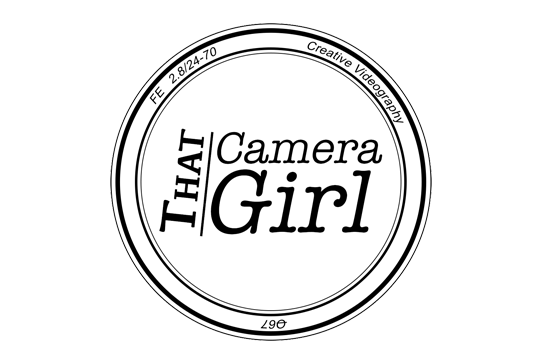If you are ready to take control of your camera, it’s time to learn the exposure triangle, and how you can use these settings to your advantage when you’re shooting.
The exposure triangle comprises of three camera and lens controls that regulate light sensitivity. Shutter speed, aperture, and ISO are the three components of the exposure triangle.
When you shoot on your cameras automatic setting the camera decides where each of these levels should be based on what it identifies as proper exposure.
Each of these settings controls your camera’s exposure, but they also all play a different role in how your footage looks including motion blur, depth of field, the amount of grain in your shot.
If you understand these three components and how they work with each other you can get off auto, take control of your camera and create really nice shots.
So, first up, what is Shutter Speed and how does it affect the look of your footage? In this article going to explain why shutter speed is important and walk you through how to correctly set up the shutter speed on your camera.
Shutter Speed controls how bright or dark your image is, and it also controls the amount of motion blur.
To understand how to use Shutter Speed correctly we first need to talk about frame rate. The frame rate is how many frames or images per second display on screen for our footage to appear fluid.
The two most common frame rate standards are PAL and NTSC. PAL uses a frame rate of 25 and NTSC uses 24 or 30. Here in Australia, we use PAL, and that is what I will focus on but the principle is the same for NTSC.
You should have a display on your screen telling you what frame rate you are shooting in. This will be displayed as a number value of 25, 30, 50 etc, or you can go into your camera’s menu and find ‘frame rate’ or ‘movie record size’ setting.
So, back to Shutter Speed. Old cameras had a physical Shutter that opened and closed, controlling how much light hit the camera’s sensor.
Modern cameras do most things digitally, but the idea is still the same. The shutter speed represents how long the sensor is exposed to light.
The slower your shutter speed, the more light will hit your sensor, making your image brighter, and the faster your shutter speed, the less light will hit your sensor, making your image darker.
Shutter speed is displayed in fractions of a second (e.g. 1/50), some cameras only display the denominator (e.g. 50), but it means the same thing.
In your day to day filming, if that is interviews, vlogs, general content for your business, your shutter speed should always be double your frame rate.
So if we’re shooting in 25fps your shutter speed should be set to 1/50. If you are shooting b-roll footage at a higher frame rate, say 50fps, your shutter speed should be set to 1/100.
This creates enough motion blur for your images to look natural to the eye.
Since the shutter speed controls how much light comes into the camera, a lot of people adjust this setting to achieve proper exposure when they are just starting out.
It makes sense, if it’s really bright outside to dial the shutter speed right up and limit the amount of light coming in, or in a really dark setting to open the shutter as wide as possible and let more light in.
However, incorrect shutter speed can cause your footage to look very unnatural.
If your shutter speed is too low, your images will have a ton a motion blur and will look very offputting – unless you’re shooting some sort of indy horror film.
If your shutter speed is too high and you remove too much motion blur your image will become very jittery and could look like a scene from a Hollywood action film… without all the car chases and explosions.
If you want to experiment and create some quirky, stylised footage, adjusting your shutter speed to one extreme or the next is a way to do that.
But for the majority of your filming, it’s important to keep your shutter speed to double your frame rate to achieve a natural look to your footage.
